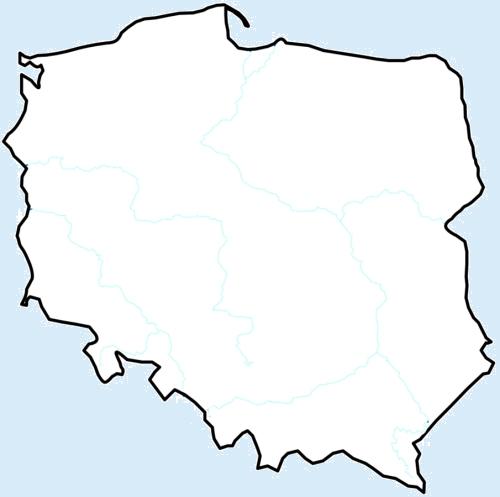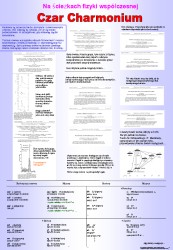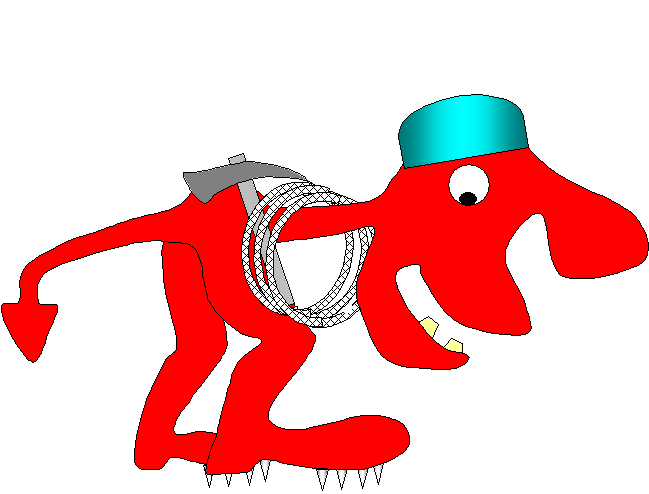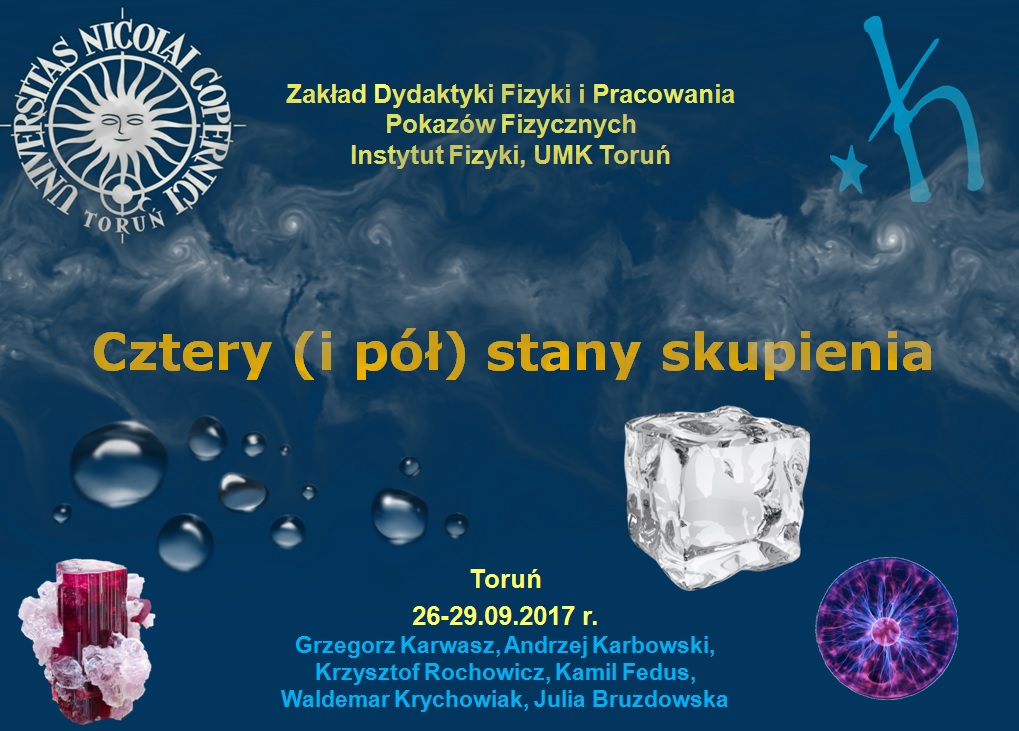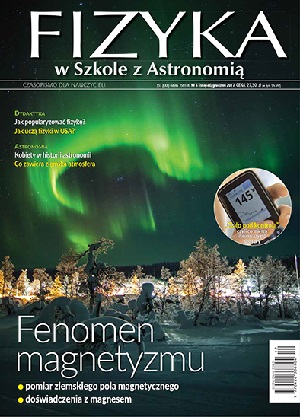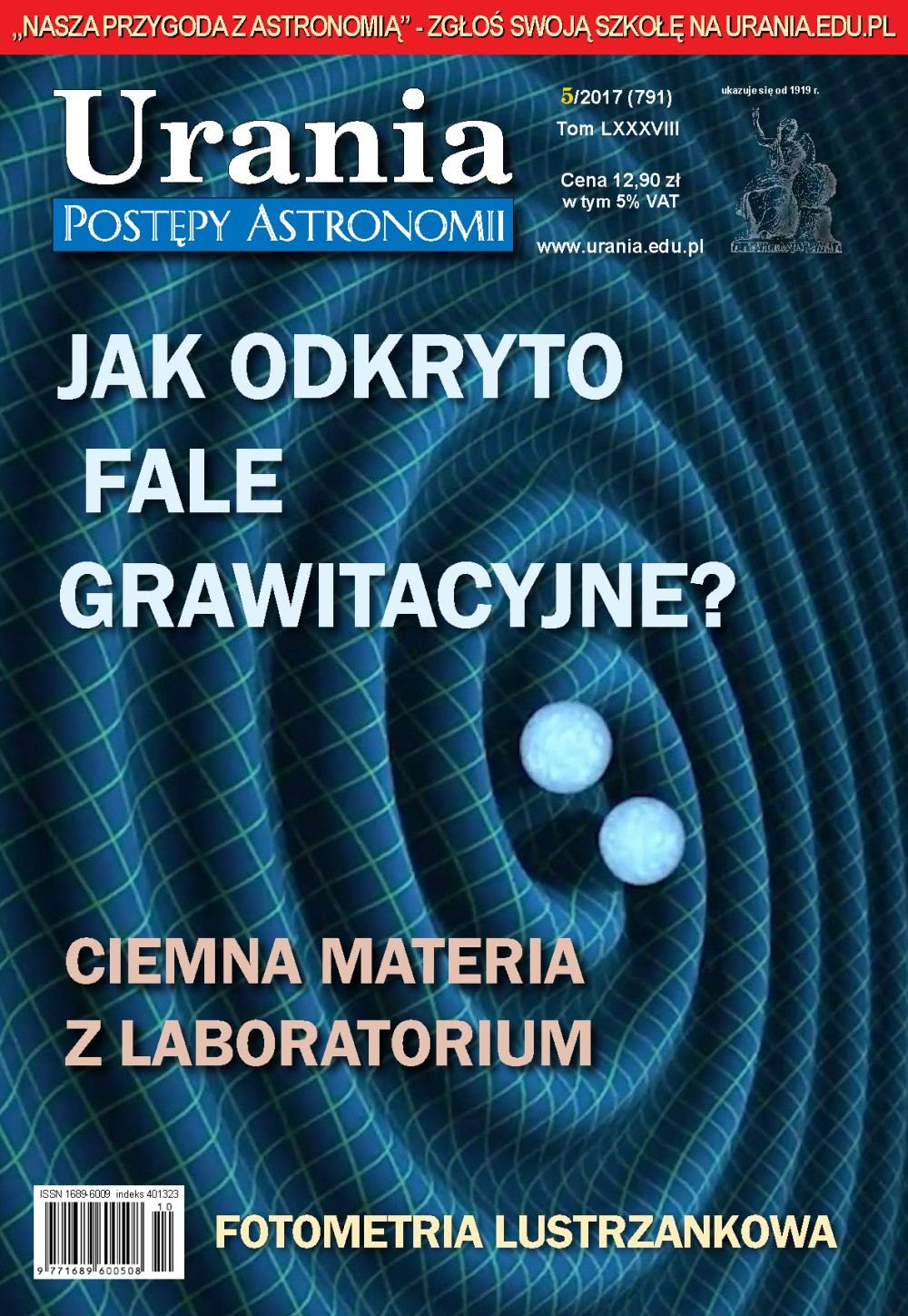 |
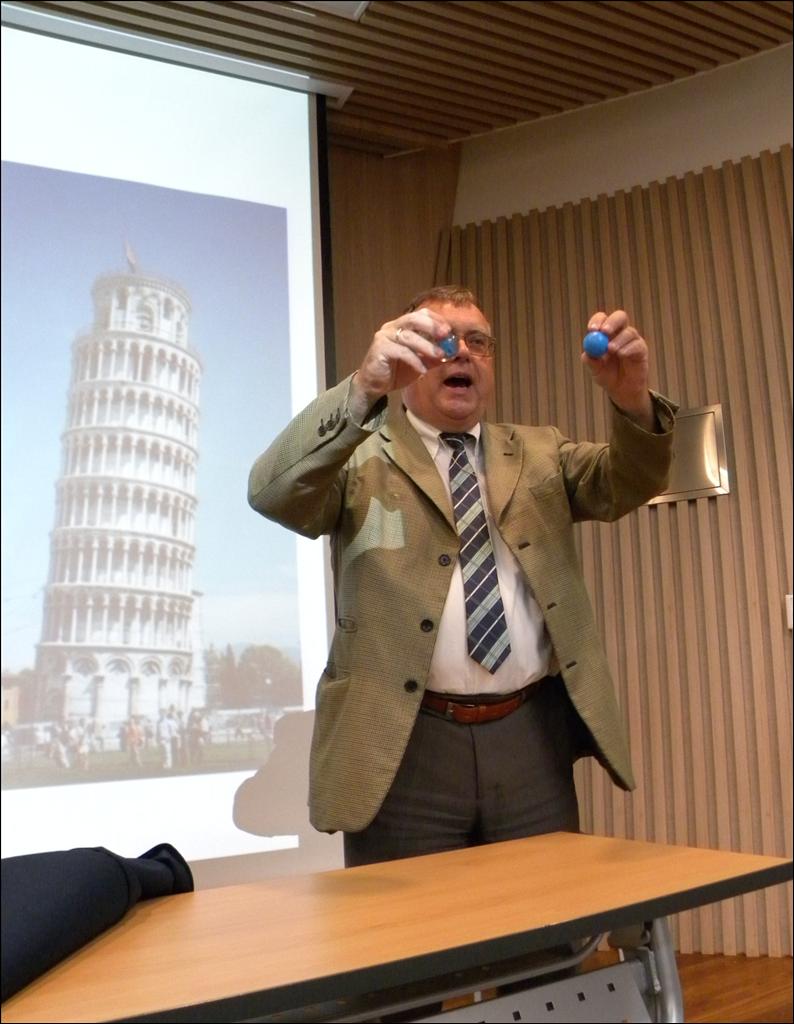 |
 |
 |
 |
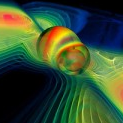 |
 |
 |
 |
| Przegląd prasy | Dla nauczycieli | Dla młodzieży | Przyroda | Video-fizyka | Fizyka współczesna | Projekt FCHGo | Innowacyjna fizyka | Projekt E4 |
On November 5th, 2108, prof. G. Karwasz delivered a lecture at Institute of Physics, Jagellonian University in Kraków. The lecture, on the invitation of prof. Paweł Moskal, was entitled "Intense positron beams - a historical perspective". In order to know, how positron techniques will develop in Atomic Physics, Material Engineering and Medicine, it is useful to know, how they have developed in the past. Positrons, predicted by the equation of Dirac, started to be used in material studies already in 50-ties of last century; soon later positron beams with a variable energy were applied to various field of physics. The advantage of positron beams is that in solid-state physics they allow scanning in the depth of the material and in atomic physics – a deconvolution of annihilation times into cross sections. We resume some concepts, techniques and achievements [1] in constructing positron beams using both positrons from radio-nuclids and nuclear reactors, positron applications in material science [2] and atomic physics [3], as well as some on-going experiments on fundamental questions, like CPT symmetries and anti-gravity. [1] A. Zecca, G. Karwasz, Positons go into detail, Physics World, November 2001. [2] G.P. Karwasz, A. Zecca, R.S. Brusa, D. Pliszka, Applications of positron annihilation techniques for semiconductore studies, J. Alloys and Compounds, 382 (2004) 244 [3] G.P. Karwasz, Positrons – an alternative probe to electrons, Eur. J. Phys. D 35 (2005) 267 Special thanks to prof. Roberto Brusa. Lecture (ppt): Intense positron beams
|
|||

